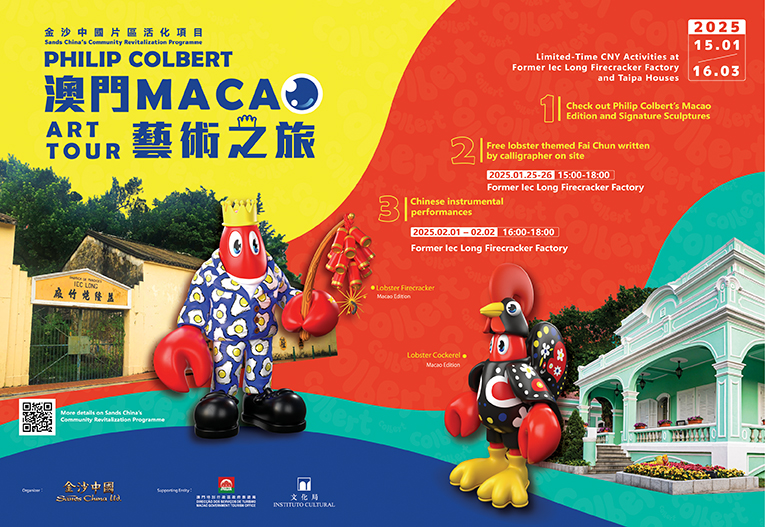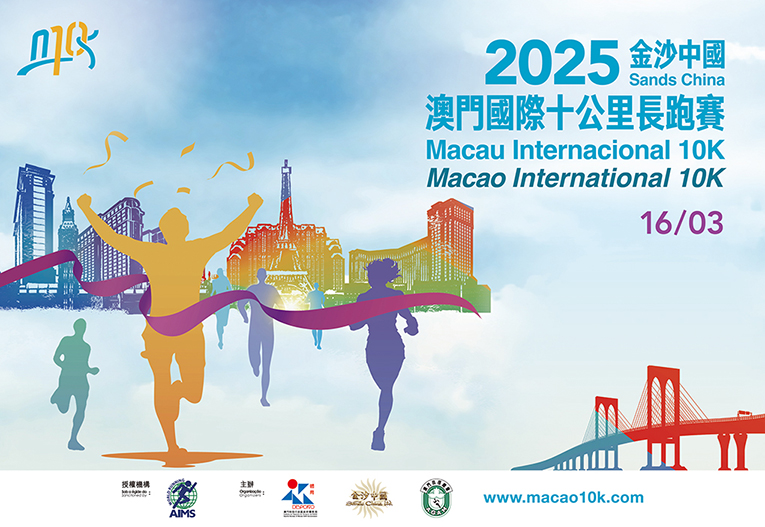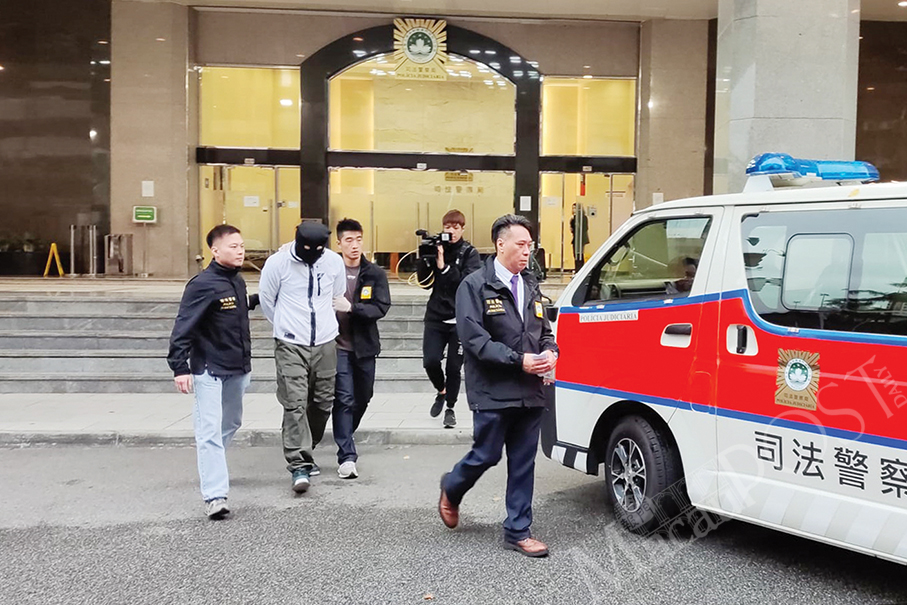The daily average number of Light Rail Transit (LRT) passengers last month increased to 6,500, the government-owned LRT operator, Macau Light Rapid Transit Corporation Limited (MLM), announced on its website on Monday.
This came after an average of 3,550 LRT passengers per day was recorded in January, and 4,750 in both February and March.
Currently, the LRT only operates on the 9.3-kilometre-long Taipa section which includes Cotai. The Taipa-Cotai section, which started operating on December 10, 2019, has 11 stations.
The LRT system recorded a daily average of 33,000 and 16,000 passengers in December 2019 and January 2020 respectively, when LRT rides were free.
Starting in February 2020, LRT passengers have had to pay for their rides which, however, continue to be free for the elderly.
Macau confirmed its first novel coronavirus case on January 22, 2020.
In the wake of the COVID-19 pandemic, the number of LRT passengers fell drastically.
According to the MLM website, except in January 2020 when a daily average of 16,000 passengers was recorded, the LRT recorded an average daily number of passengers of just 1,691 during the other 11 months of 2020.
The LRT had an average of 1,989 passengers daily in 2021, while the figure dropped to an average of just 1,850 per day last year.
With the post-COVID-19 recovery of Macau’s tourism sector, the daily average number of LRT passengers has gradually been recovering since January.
LRT East Line to cost 9.28 billion patacas
Meanwhile, the Public Works Bureau (DSOP) has announced the winning bidders for the government’s public tenders for the final design and construction of the LRT East Line on its website, according to which the whole LRT East Line project will cost 9.28 billion patacas.
The government has said that the LRT East Line project is slated to be completed in 2028.
The 7.7-kilometre-long LRT East Line will connect the Barrier Gate checkpoint and the Taipa Ferry Terminal in Pac On via the Zone A and Zone E1 land reclamation areas. The East Line will cross the sea between Zone A and Zone E1 through an undersea tunnel.
The government launched two separate public tenders for the LRT East Line project, namely the 2.9-kilometre-long northern section and the 4.8-kilometre-long southern section, in October last year.
A total of six construction consortia submitted their bids for the northern-section project, which were unsealed by DSOP officials on February 14, while four consortia submitted their bids for the southern-section project, which were unsealed on February 16.
The six quotations for the LRT East Line northern-section project (final design plus construction) ranged from 4.47 billion patacas to 5.13 billion patacas.
The four quotations for the LRT East Line southern-section project (final design plus construction) ranged from 4.62 billion patacas to 4.81 billion patacas.
According to the DSOP website, a consortium consisting of China Civil Engineering Construction (Macau) Company Limited, Nam Kwong Real Estate Company Limited, and China Railway 16th Bureau Group Company Limited – Macau Representative Office has won the public tender for the northern-section project, for a price tag of 4.47 billion, the lowest bidder.
According to the website, a consortium consisting of China State Construction Engineering (Hong Kong) Limited – Macau Branch, China Construction Engineering (Macau) Company Limited, and Shanghai Tunnel Engineering Company Limited – Macau Branch has won the public tender for the southern-section project, for a price tag of 4.81 billion patacas, the highest bidder.
Consequently, the whole LRT East Line project is earmarked to cost the government 9.28 billion patacas.
The government has said that it expects the LRT East Line northern-section and southern-section projects to get off the ground at the same time, i.e., the second half of this year.
The LRT East Line will have six stations, including three stations in Zone A. All six stations will be built underground.
Passengers get on a Light Rail Transit (LRT) train at Airport station on Easter Sunday, April 9. – Photo: Tony Wong









